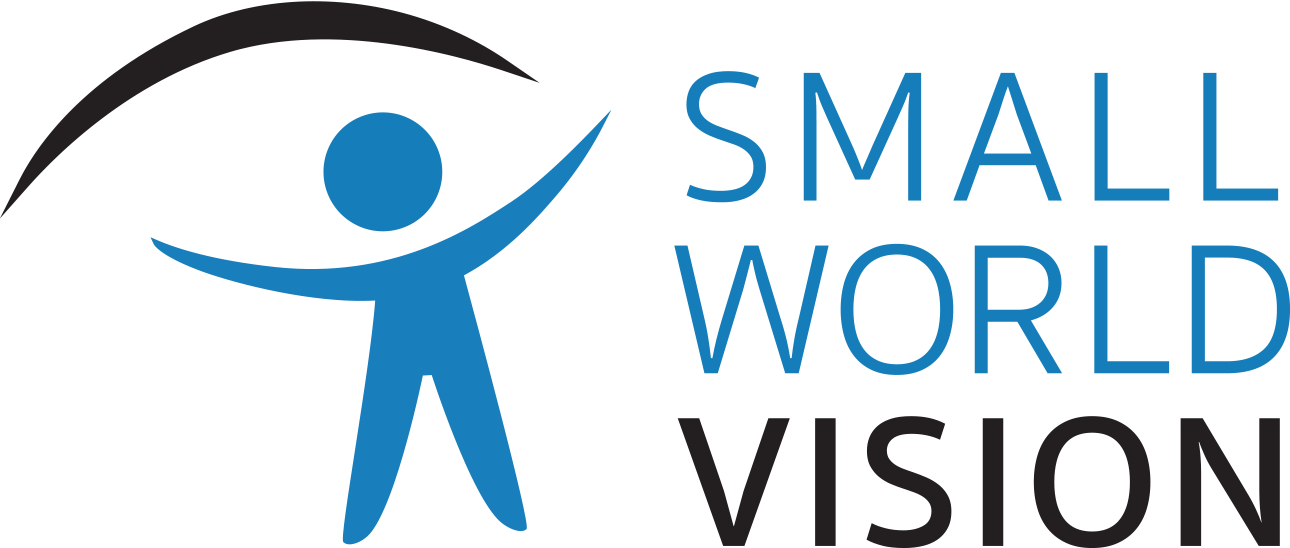The severity and associated comorbidities of retinopathy of prematurity among micro-premature infants with birth weights less than 750 grams.
OBJECTIVES:
To evaluate the characteristics and comorbidities associated with ROP in micro-premature infants and their results.
METHODS:
This is a retrospective chart review involving multiple intensive care units in Central Texas from 2011 to 2016. Infants were included if birth weight (BW) was≤750 g with confirmed ROP by the International Classification of Retinopathy of Prematurity (ICROP). Neonates were examined and treated with laser ablation or intravitreal ranibizumab (IVR) with subsequent laser treatment, guided by fluorescein angiography, if met treatment criteria defined as type 1 ROP by the Early Treatment of Retinopathy of Prematurity standards. Time to regression was defined clinically. Results were analyzed using chi-squared test.
RESULTS:
100 neonates were included in the study. Mean BW was 599 grams and mean gestational age was 24.2 weeks. Forty neonates were classified as type 1 ROP and therefore required intervention; of them 21 received laser alone and 19 required IVR with subsequent laser. Only 2 patients received more than one IVR injection. None of the patients progressed to stage 4 or 5 ROP.
CONCLUSIONS:
Despite such low birth weights, none of these neonates progressed to stage 4 or 5 ROP likely because of prompt examination and treatment with laser or with IVR and subsequent laser. IVR might serve as a bridge to laser in type 1 ROP allowing some retinal vessel development prior to definitive laser treatment.
KEYWORDS:
ROP; Retinopathy of prematurity; ranibizumab
